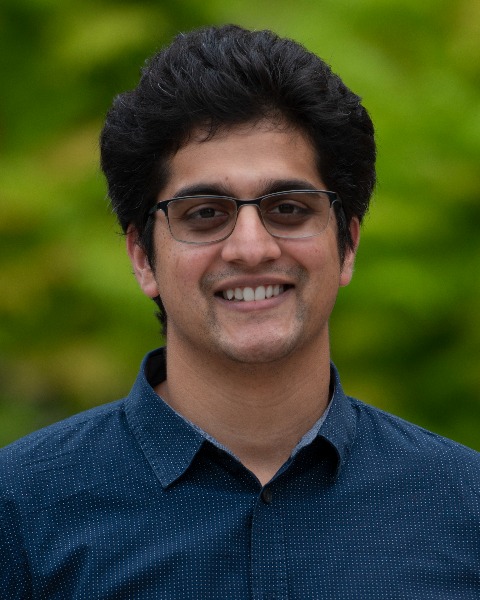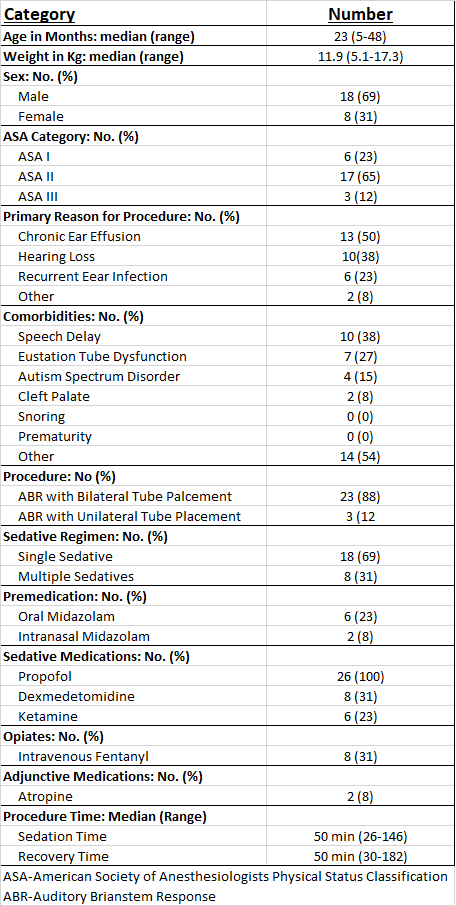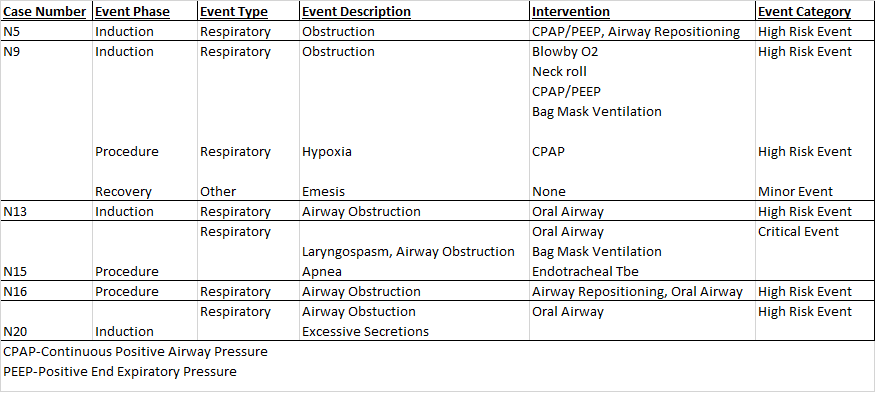Sedation Medicine
Session: Sedation Medicine
78 - Feasibility of performing tympanostomy tube placement in conjunction with auditory brainstem response under sedation outside the operating room in children
Saturday, May 4, 2024
3:30 PM - 6:00 PM ET
Poster Number: 78
Publication Number: 78.1192
Publication Number: 78.1192

Haroon M. Ali, MD, FAAP
Pediatric Hospital Medicine Fellow
American Family Children's Hospital
Madison, Wisconsin, United States
Presenting Author(s)
Background: Increased health care costs and waiting times for operating room (OR) procedures are prompting health care systems to find more cost-effective alternatives to perform minor otolaryngology procedures. Auditory brainstem response (ABR) tests are routinely performed under sedation or general anesthesia in children over approximately 6 months of age. In addition, it is feasible to perform tympanostomy tube placement under sedation outside the OR in selected children based on two small single center studies with a combined 129 patients undergoing safe and effective TTP under sedation outside the OR. The objective is to identify if it is feasible to perform TTP in combination with ABR under natural airway sedation by non-anesthesiologists outside the OR.
Objective: The objective is to identify if it is feasible to perform TTP in combination with ABR under natural airway sedation by non-anesthesiologists outside the OR.
Design/Methods: TTP in selected patients, also requiring ABR, were transitioned from the OR to a pediatric sedation unit at two US free standing children’s hospitals, between July 2021 and August 2023. Information regarding patient demographics, rates of procedure success and complications were collected from medical records.
Results: A total of 26 patients, ranging from 5-48 months old (median 23 months), underwent TTP and ABR in the pediatric sedation unit. All procedures were successfully completed under propofol based sedation by non-anesthesiologist providers. However, one patient experienced laryngospasm requiring endotracheal intubation and PICU admission, 3 patients experienced airway obstruction requiring an oral airway, one patient experienced airway obstruction requiring bag mask ventilation, and 2 patients required positive end expiratory pressure, one for airway obstruction and one for hypoxia.
Conclusion(s): There is a high rate of critical and high-risk airway events when performing TTP in combination with ABR under natural airway sedation outside the OR. Careful patient selection, providers skilled in advanced airway maneuvers, and anesthesia back up, is necessary if attempting these procedures under sedation outside the OR.


